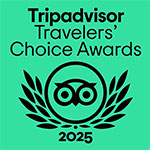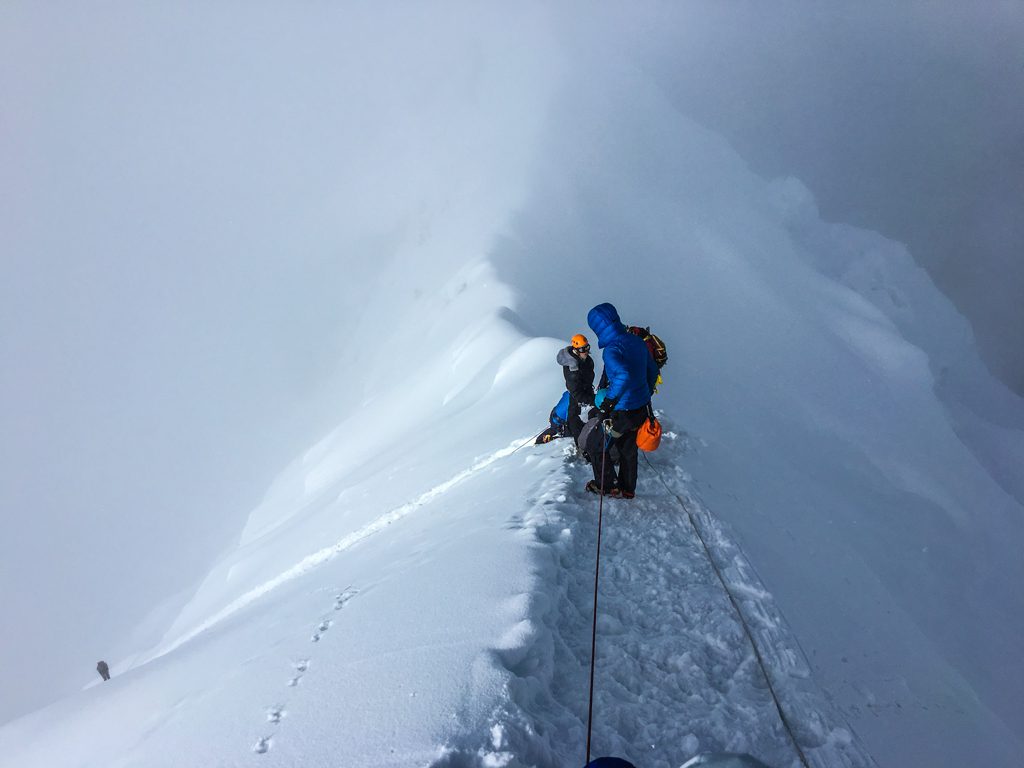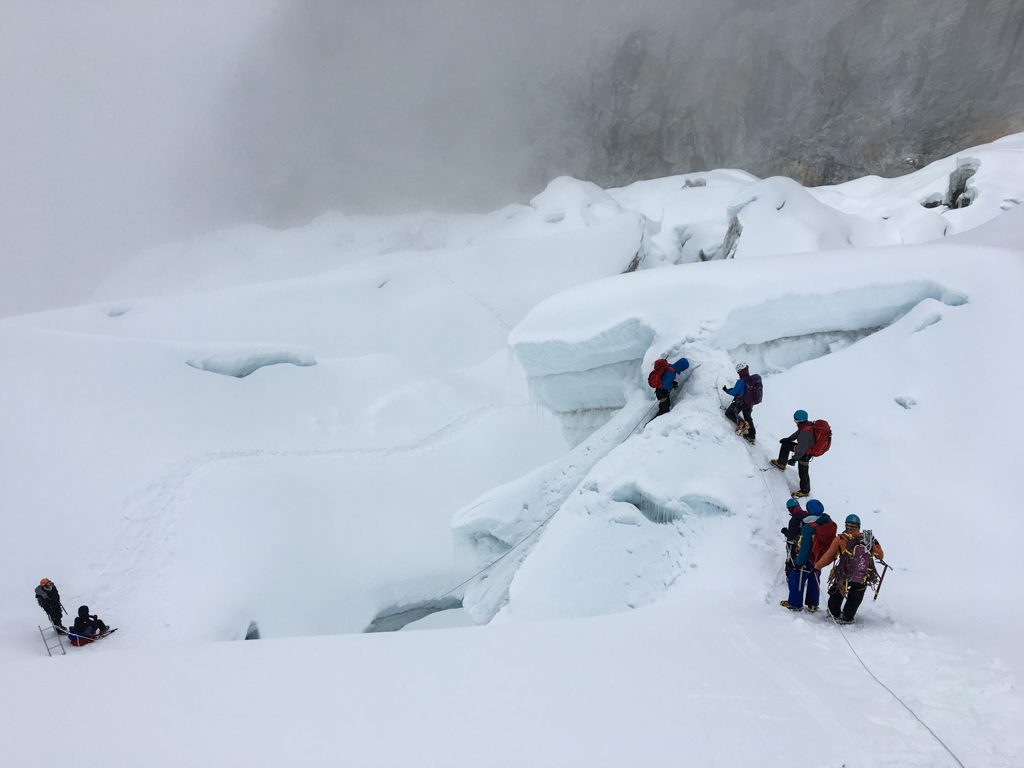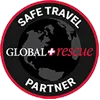Island Peak Climbing is one of the most thrilling and rewarding mountaineering experiences in the Everest region of Nepal.
Officially known as Imja Tse, Island Peak stands at an elevation of 6,189 meters (20,305 feet) and is an excellent choice for climbers looking to push their limits while soaking in the awe-inspiring views of the Himalayas. The peak got its name from Eric Shipton’s 1951 Everest expedition, as it appears like an island in a sea of ice when viewed from Dingboche.
The journey to Island Peak is a perfect blend of trekking through the stunning Khumbu region and the adrenaline-pumping experience of high-altitude climbing.
This expedition is often considered a stepping stone for aspiring mountaineers who have their sights set on higher peaks like Everest or Lhotse. The climb itself is challenging but achievable for those with basic mountaineering skills, making it an ideal adventure for both novice and experienced climbers.
With Himalaya Heart Treks, you'll embark on a meticulously planned 16-day journey that includes trekking through picturesque Sherpa villages, acclimatization stops at strategic points, and a thrilling ascent to the summit of Island Peak. Along the way, you'll be treated to panoramic views of Everest, Lhotse, Nuptse, and other towering peaks, as well as the rich cultural experiences that the Khumbu region has to offer.
Island Peak Climbing Highlights
- Summit Island Peak at 6,189 meters, offering breathtaking views of the Everest region.
- Trek through the beautiful Khumbu region, passing iconic locations like Namche Bazaar, Tengboche, and Dingboche.
- Acclimatization days in Namche Bazaar and Dingboche to enhance your chances of a successful summit.
- Experience the rich Sherpa culture and visit ancient monasteries along the trekking route.
- Enjoy stunning views of Everest, Lhotse, Ama Dablam, and Makalu from the summit of Island Peak.
- Pre-climb training at Island Peak Base Camp with experienced guides to ensure a safe ascent.
Best Time to Climb Island Peak
The best time to climb Island Peak is during the pre-monsoon (spring) and post-monsoon (autumn) seasons. Specifically:
- Spring (March to May): This is the most popular climbing season, with stable weather conditions, moderate temperatures, and blooming rhododendrons adding vibrant colors to the trails.
- Autumn (September to November): Another ideal time, offering clear skies, stable weather, and excellent visibility. The trails are less crowded compared to spring.
Winter and monsoon seasons are generally not recommended due to extreme cold, heavy snowfall, and unstable weather conditions.
How difficult is Island Peak Climbing trip?
Island Peak is considered a moderately difficult climb. While the trek to Base Camp is straightforward and involves typical high-altitude trekking, the summit push requires the use of basic mountaineering equipment such as crampons, harnesses, and ropes. The final ascent includes a steep climb on a snow and ice slope of about 45-50 degrees, followed by a narrow ridge to the summit.
Prior trekking experience at high altitudes is highly recommended, and basic mountaineering skills are essential. Our experienced guides will provide pre-climb training at Base Camp to help you familiarize yourself with the necessary techniques.
Route Information
The Island Peak Climbing route follows the classic Everest Base Camp trail up to Dingboche, after which it diverges towards Chhukung and Island Peak Base Camp. Here's a brief overview:
- Start: Lukla (2,860m)
- End: Lukla (2,860m)
- Highest Point: Island Peak Summit (6,189m)
- Total Trekking Distance: Approximately 100 km round trip
- Accommodation: Tea houses and camping at Island Peak Base Camp
- Main Landmarks: Namche Bazaar, Tengboche Monastery, Dingboche, Island Peak Base Camp
Necessary Documents and Permits
To climb Island Peak, you'll need the following permits:
- Sagarmatha National Park Permit: Required for trekking in the Everest region.
- TIMS (Trekkers' Information Management System) Card: Mandatory for all trekkers in Nepal.
- Island Peak Climbing Permit: Issued by the Nepal Mountaineering Association (NMA), this is specific to Island Peak.
Ensure that you carry multiple copies of your passport-sized photographs for permit applications.
Preparation and Training
Proper preparation is key to a successful Island Peak Climbing experience. Here are some tips to get ready:
- Physical Fitness: Engage in cardiovascular exercises, strength training, and endurance activities like hiking, running, and cycling. Focus on building stamina, leg strength, and core stability.
- Altitude Training: If possible, train at high altitudes or use a high-altitude mask to simulate conditions.
- Technical Skills: Familiarize yourself with the use of crampons, ice axes, harnesses, and ropes. Our pre-climb training at Base Camp will also help you practice these skills.
- Mental Preparation: Climbing Island Peak requires determination and mental resilience. Prepare yourself for long days of trekking and challenging weather conditions.
Himalaya Heart Treks invites you to join us on this exhilarating Island Peak Climbing adventure. Whether you're an aspiring mountaineer or an experienced climber, this expedition offers the perfect blend of challenge and beauty in the heart of the Himalayas.











 USD 2480
USD 2480

